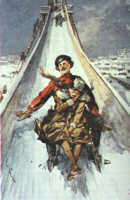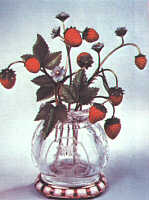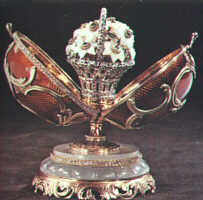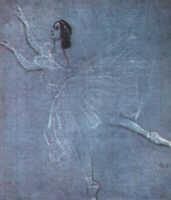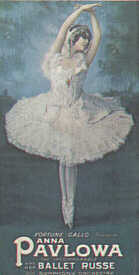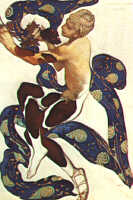Clicking on any picture will take you to a larger version
THE ART OF PAINTING
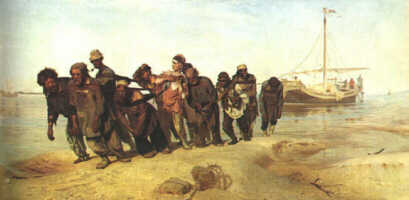
|
This painting has come to symbolize, in the minds of many, the people of Russia straining against their chains.
|
ICE SLIDE, St. Petersburg by F. de Haenen, ca 1912 |
The ice slide, or ice mountain, was the most popular and the most Russian of all the cold weather amusements in a land with extreme winters. Going back centuries to the 15th and 16th, this phenomena was also popular because Russia is mostly a flat country, making hills a sensation to be savored.
"As soon as winter came, in squares and public places all over the land, ice hills were erected, usually near a river. They were constructed of wood -- a narrow long-legged temporary stage that rose to a height of 30 or 40 feet and sometimes even higher. The platform, to which one ascended by wooden stairs, was supported by tree trunks and wooden pillars. Two such platforms were constructed to face each other and were set parallel so that the force of sledding down one would carry a rider all the way down to the steps of the other. . . Like the side of an abrupt cliff, the slope was at first very steep. It then flattened out at the bottom, with sand at the very end. . . to slow down the flying sleds. The whole surface of the course was covered with large blocks of ice, frozen shining and smooth in a few seconds from torrents of water thrown over them."
ref THE LAND OF THE FIREBIRD: THE BEAUTY OF OLD RUSSIA by Suzanne Massie, Simon and Schuster, NY, 1980
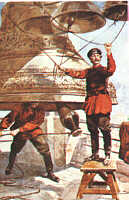
|
BELL RINGERS by F. de Haenen, ca 1912
Starting in the 10th century, the pealing of bells became very important in Russian life. Sounding alarms, warning travelers during snowstorms, telling of disasters, deaths and funerals, festivals and holidays, they had their own language. Cast in many sizes of copper, bronze, and silver, these bells rang out with much tonal variety in timbre and power of sound.
The painting shows that bells weren't rung in the Western manner of swinging them from the top. Ropes were attached to the tongues, and manually swung like this to produce the sounds that Russians came to accept as part of their lives.
THE ART OF FABERGE
STRAWBERRIES. House of Faberge |
SPRING FLOWERS EGG. House of Faberge, 1890 |
A third generation Russian of Huguenot descent, Peter Carl Faberge took over the family goldsmith business in 1870 at the age of 24. The art of this business, which included silversmithing and work with precious jewelry, reached its pinnacle from 1881 to 1917, during the reigns of the last two Russian czars. During this time, some seven hundred craftsmen worked for Faberge.
The House of Faberge was located at 24 Morskaya street in St. Petersburg. Faberge lived and worked here. All of the workshops were under one roof. But Faberge had establishments in Moscow and Odessa, with branches in London and Paris.
THE ART OF BALLET
Especially in the late 1800's and early 1900's (even well into the Communist era), ballet held a position of immense artistic importance in Russia. Unlike in Continental cities such as London and Paris, ballet was much more than a divertissement in an opera, or a performance to enhance a theatrical production.
THE BALLET WAS THE PRODUCTION
Wednesdays and Saturdays were ballet nights for sold out performances. Try to get a box? Many were passed down from father to son.
| Culture or Cliche? | ||
|---|---|---|
| SAMOVAR!? | St. Petersburg | Russian Art |
| Onion Domes | Moscow | Firebird |
|
Coming soon: Russian Blue |
Coming soon: Rasputin |
Coming soon: Tchaikovsky |
|
Back to The Russians are Here! |
| Gordeeva and Grinkov |
| Ilia Kulik |
| Links |
| Rings |
| Awards |
14.02.04
